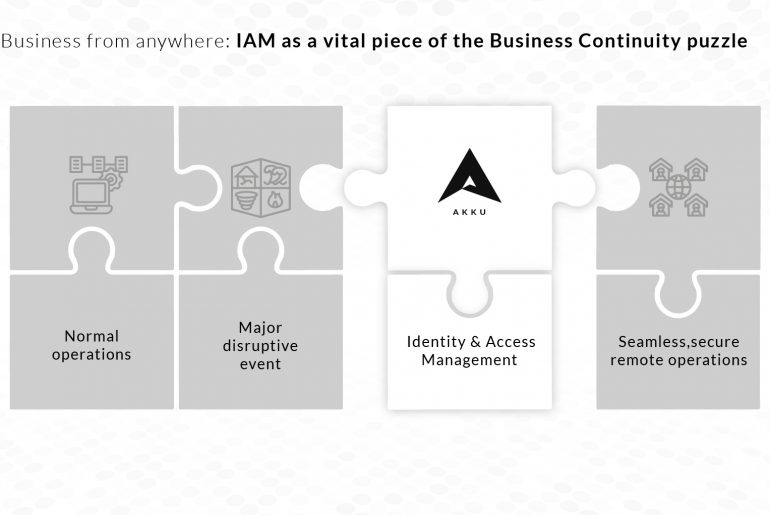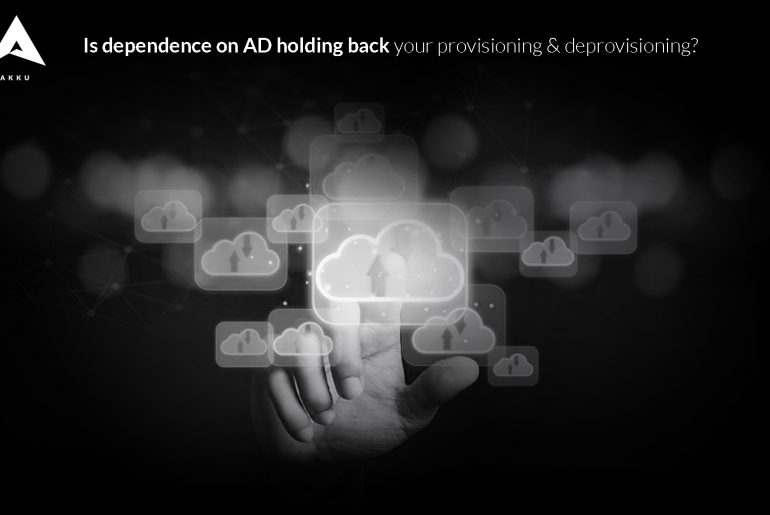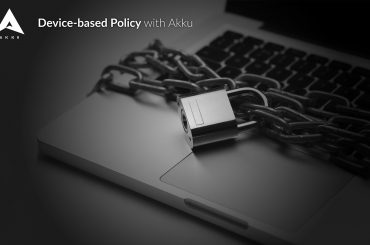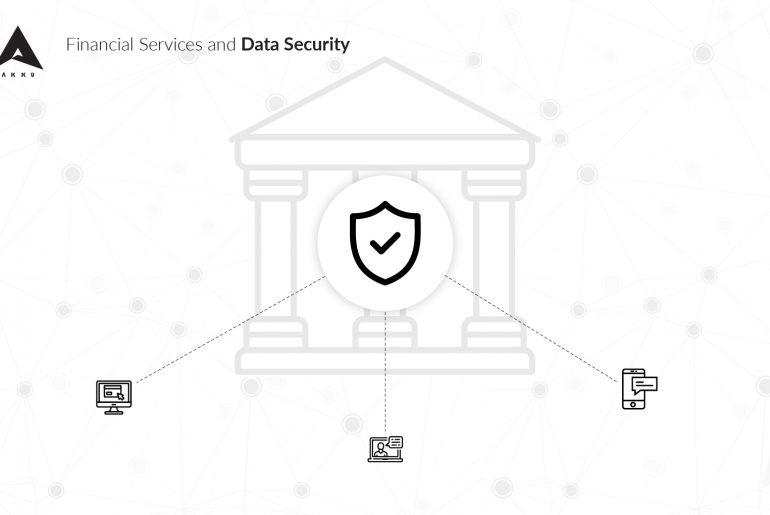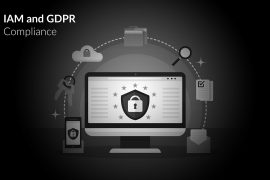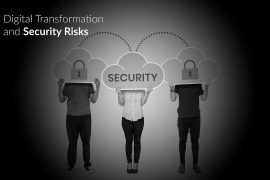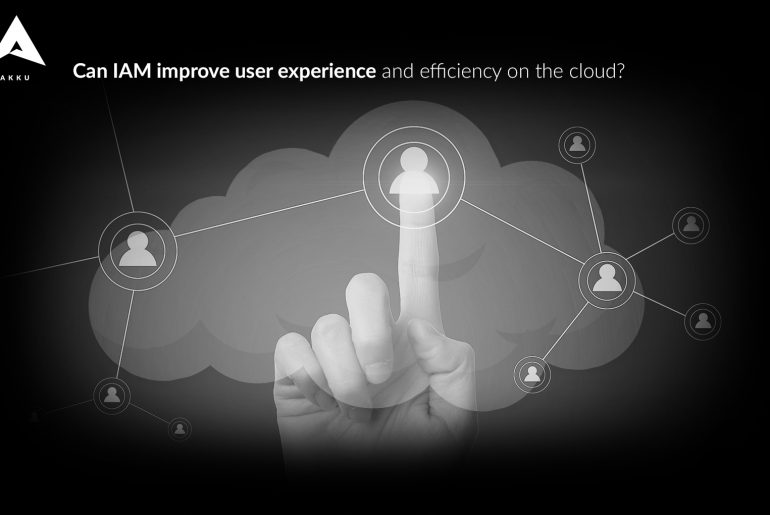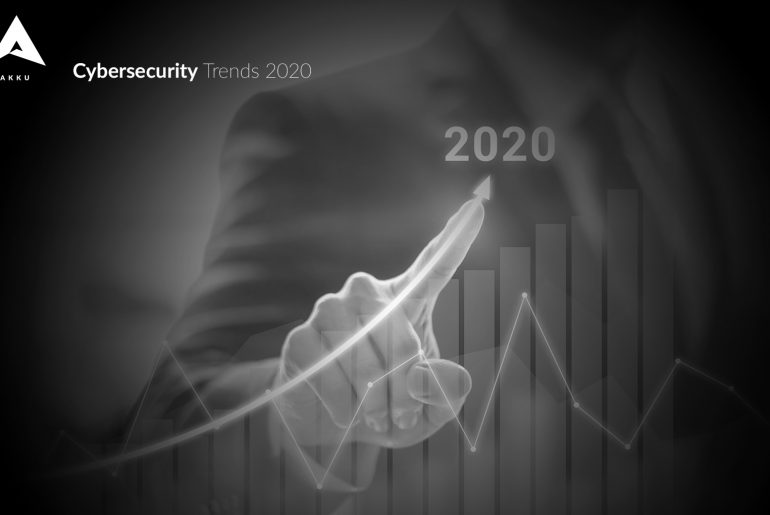COVID-19 was a shock to the global economy. The pandemic aside, the enforced and voluntary closure of offices has dramatically…
News & Trends
View AllToday, migrating to the cloud is a crucial stage in a financial enterprise’s growth and development. It is, quite simply,…
Latest
When an enterprise migrates to the cloud, it essentially opens the doors to a range of new possibilities for its business to flourish. When cloud capabilities are utilized to their full potential, several aspects of management are largely simplified, various processes integrated, and employees empowered to focus on their core roles.
However, many of these benefits to efficiency and convenience are often rendered ineffective by the roadblocks that tight security systems bring into the mix. That is why it is important to take into account the impact of your user, data and application security set up on user experience across your environment.
The year 2019 has been a significant one in the technology world, with several high profile cases grabbing headlines. In fact, according to a recent article by DataQuest India, there were at least four areas of interest which were highlighted this year – Remote Desktop Protocol (RDP) threats, showstopper vulnerabilities like in the case of URGENT/11, speculative execution vulnerabilities such as Meltdown and Spectre, and finally the many ransomware attacks.
As we move on to a whole new decade, it’s important to take stock of what the past decade has taught us and what the future has in store. In the cybersecurity world, experts bear past experiences in mind and routinely predict a number of innovative techniques that could be used to infiltrate security systems. Each year, different methods and new approaches are introduced or discussed, touching upon all those concerns about data protection and the challenges ahead.
Approximately two billion records were stolen between July and October 2019. That’s just in one quarter of a year! This is several times more than what was stolen last year – half a billion records. Even as organizations continue to invent new technology and pump in more and more funds (an estimated $124 billion in 2019) to secure data, the number of breaches also continues to rise – at an alarming rate!
It’s becoming evident that cybersecurity software solutions alone are not enough anymore. There is an urgent need to train employees and bring in experts who can close the loopholes left by software solutions. Therein arises the concept of offensive security.

